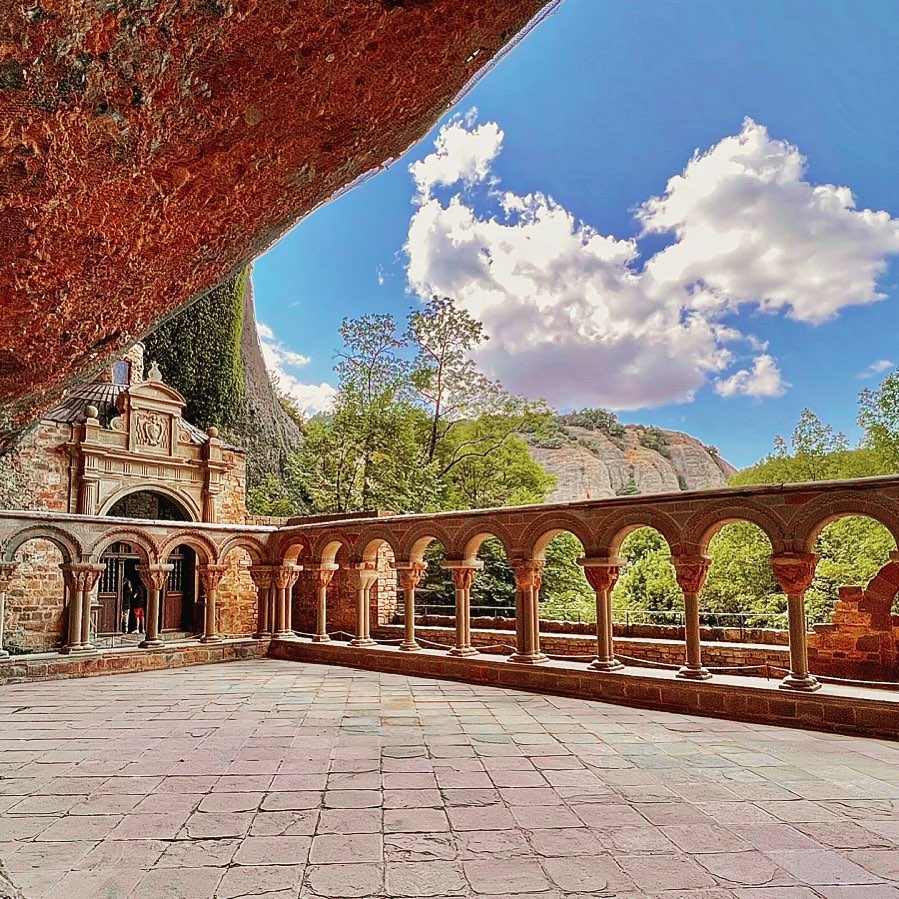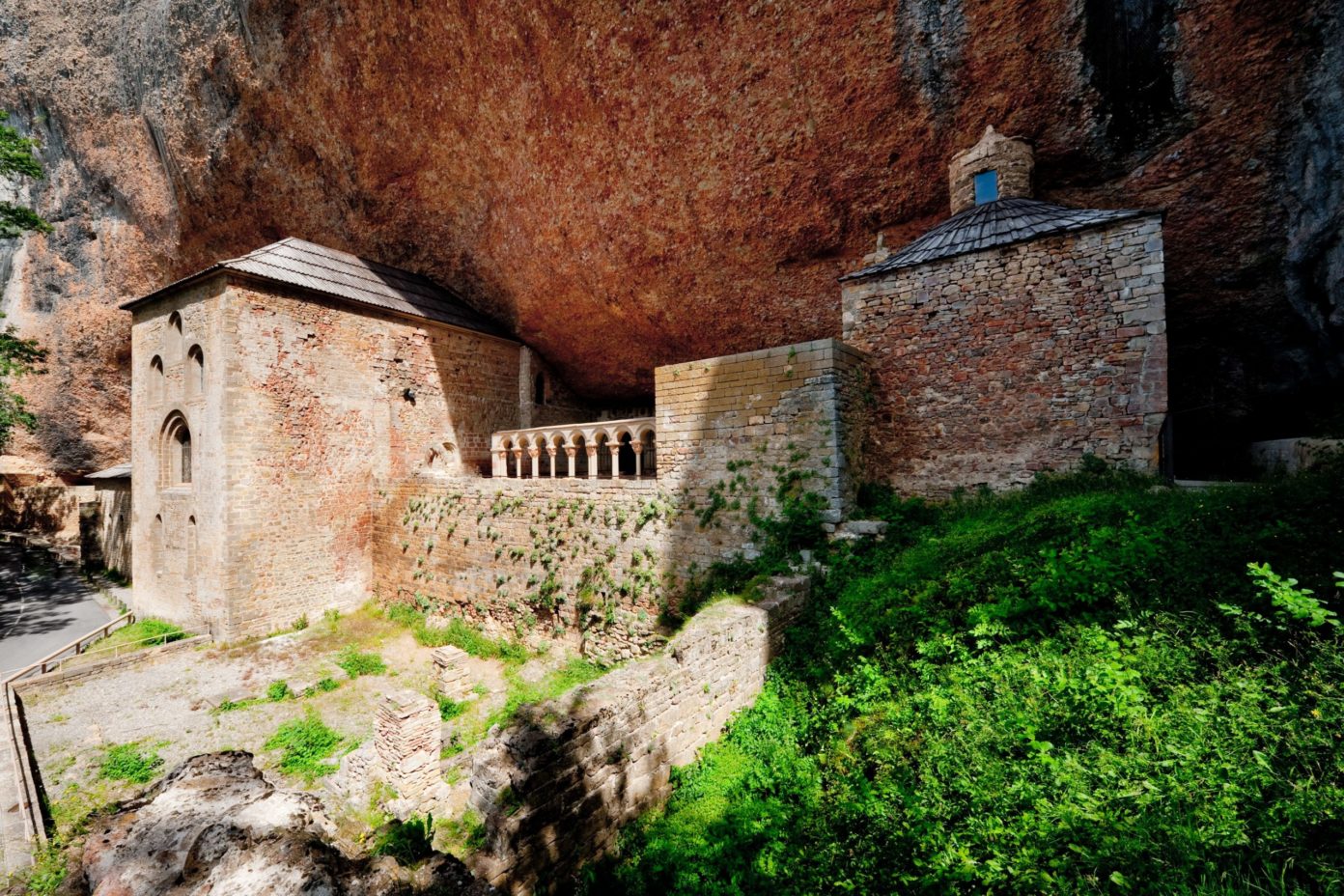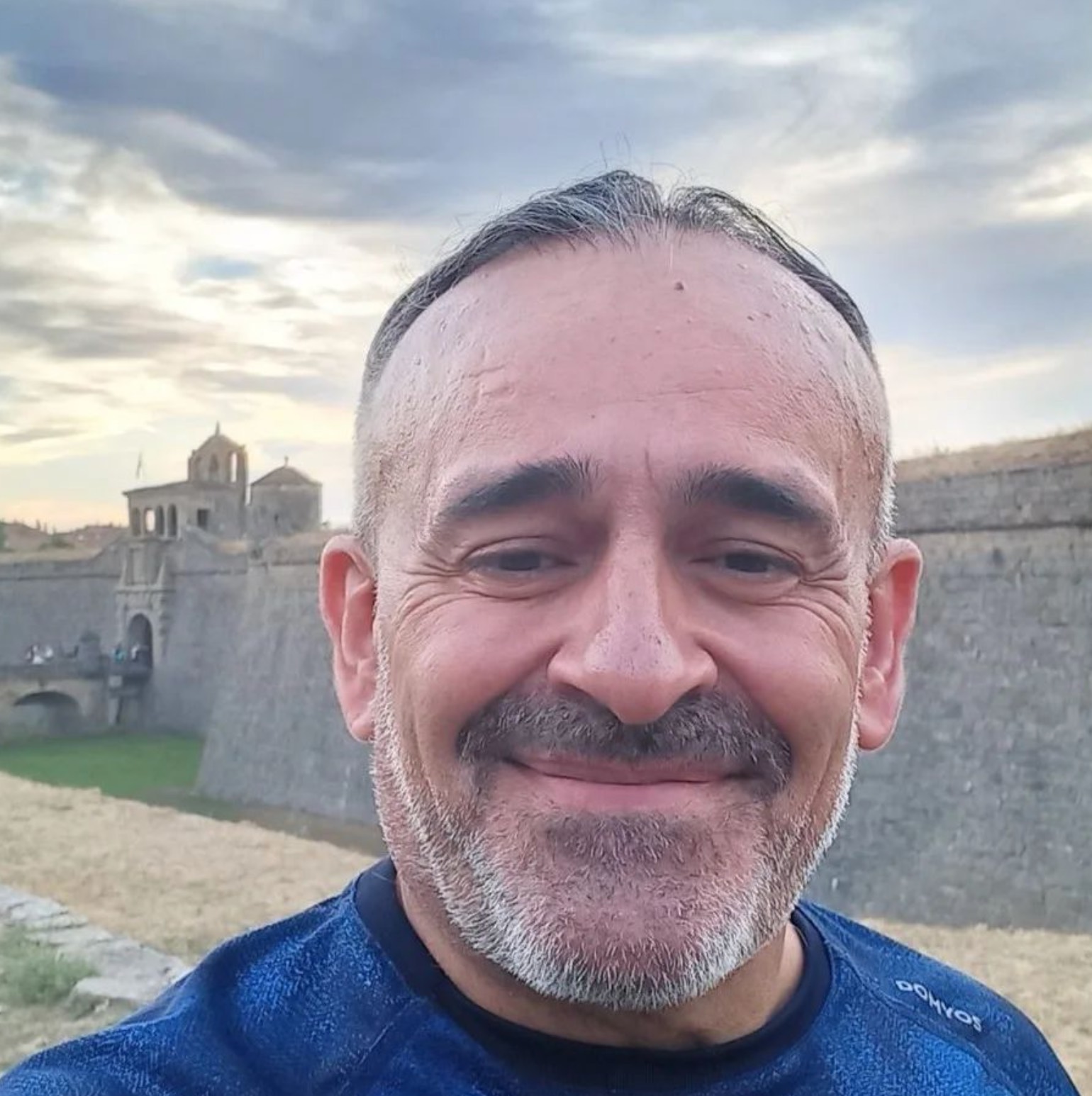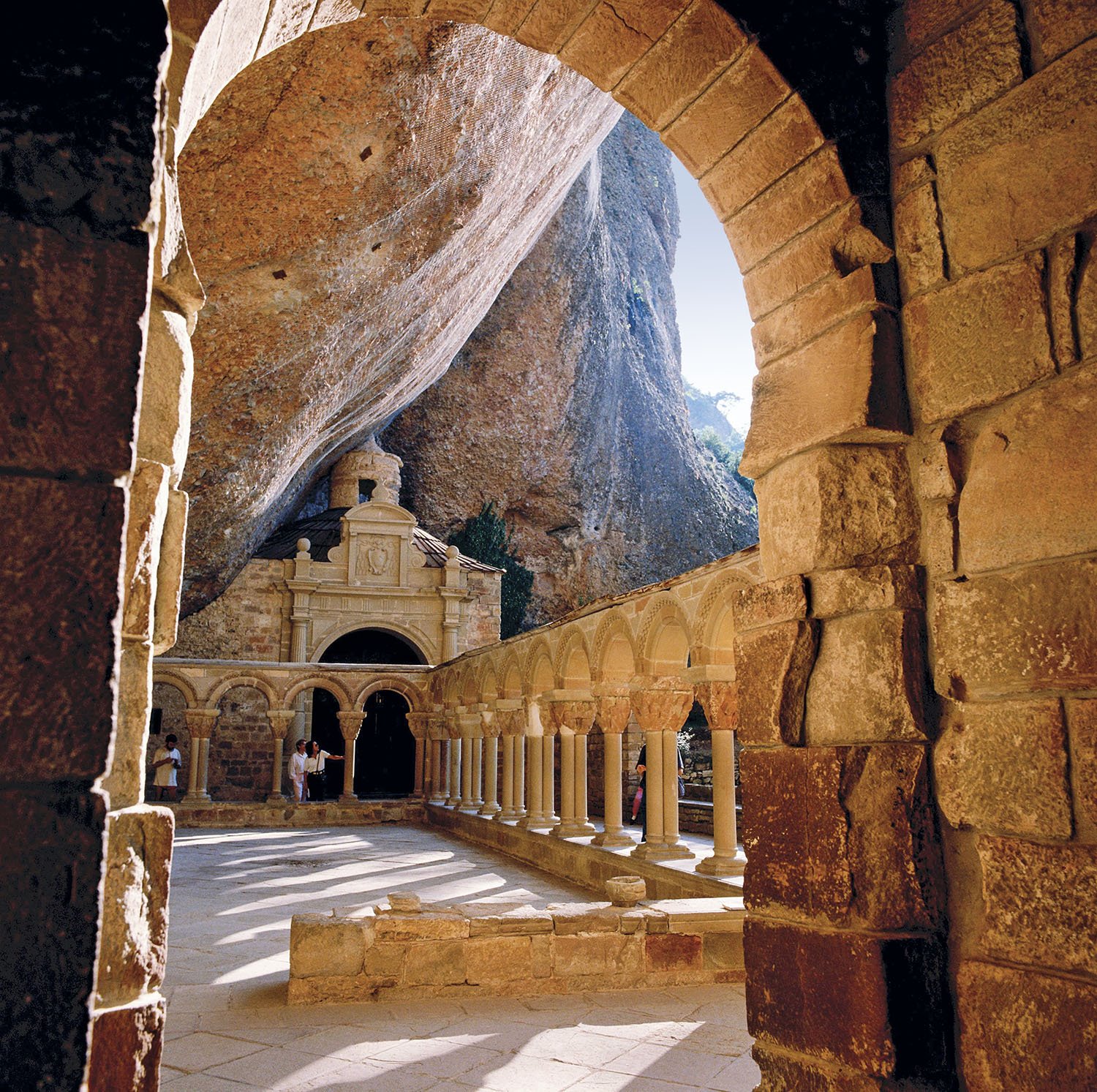The references to leave Jaca continuing the Aragonese Way do not give any problem, since with following the arrows, scallops and indications will take us through a traffic circle and several avenues, urbanizations and some small industrial estate until the hermitage of Nuestra Señora de la Victoria, and after passing a factory we can see the detour to the monasteries of San Juan de la Peña, while if we continue straight on, following the official route, we will reach the bridge that crosses the Aragón River to Puente la Reina and, without crossing it, we continue straight ahead.

But logically I take the variant to the monasteries, a bad route, but bad and neglected, and I do not say this because of the slopes and climbs, which it has, but for its poor signage, soil destroyed by the rains, stony paths and several other things, but as it is an option no one is forced, although it would not hurt to pay a little more attention to this variant, which I will not crucify anymore because I always take it and above has a prize.
The prize of course is to arrive first at the new Monastery of San Juan, which houses the church and the Interpretation Center of the Monastery, in baroque style and the seventeenth century, built as a result of a fire in 1675 in the nearby and original Old Monastery.
In this place, on April 21, 1028, the Benedictine rule was introduced in the monastery, which would later be replaced by that of Cluny, much more austere and rigid. Thus, on March 22, 1071, by order of King Sancho Ramírez, the Roman rite was used for the first time, replacing the old Mozarabic or Hispanic rite that had governed the peninsular kingdoms since the time of the Visigoths. This year also, Pope Alexander II placed the monastery under his protection and confirmed all its privileges and possessions.

It is a mythical place in the history of Aragon, since apart from being the place of instruction of some kings and nobles, such as Alfonso I the Battler, who was here after his stay at the Monastery of Siresa, several Aragonese kings were buried there, becoming the Royal Pantheon of the kingdom of Aragon, until the arrival of the Count of Barcelona Ramon Berenguer IV, who moved the backbone of the kingdom, taking the honor of being the Royal Pantheon to the Monastery of Poblet (the neighbors next door always pulling for their own …).
It housed for several centuries the Holy Grail used in the Last Supper, as well as numerous relics of saints, some of which still remain. Because of its location and construction, countless legends circulate about the place, its surroundings and all kinds of situations lived there, and of course, like almost all ancient religious buildings, is built in a place with a strong charge of telluric energy that our ancestors knew thousands of years ago.

In 1889 it was granted the title of National Monument, which in 1920 was completed with the declaration by King Alfonso XIII as a National Site. On February 2, 2004, the Government of Aragon completed its declaration as an Asset of Cultural Interest with the protection of the monastic complex and its surroundings.
To go to San Juan de la Peña is to enjoy it, since both the monasteries and their surroundings are a journey through history, culture, architecture and nature. Guided tours are available, which I recommend, for which tickets must be purchased at the ticket office of the New Monastery of San Juan de la Peña located 1.5 kilometers away from the Old Monastery of San Juan de la Peña. The duration of the guided tour of the Old Monastery is 45 minutes, which is quite instructive.
Yes, all the lines have been dedicated to the Monastery of San Juan de la Peña, what can we do! It is a marvel wherever you look at it, a piece of history that is still there, despite all the vicissitudes, strong and firm next to the rock, and may it remain so for another thousand years.
















